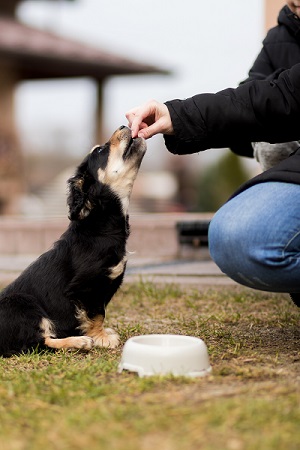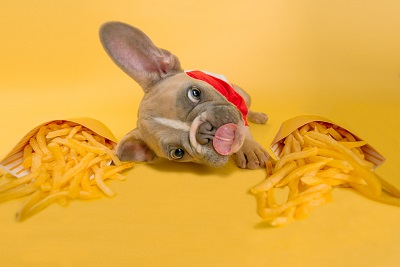Introducing a dog puzzle feeder into your canine companion’s routine can be a delightful and beneficial experience, providing mental stimulation and encouraging healthier eating habits. However, making the most of this interactive tool requires a thoughtful approach.

Using Guidance
This guide outlines the steps to effectively use a dog puzzle feeder and ensure a fulfilling and engaging experience for your furry friend. The following are Using Steps.
Step 1: Choose the Right Feeder
Before embarking on the usage journey, select a dog puzzle feeder that suits your dog’s abilities and preferences. Consider your dog’s age, size, and cognitive skills. Opt for a feeder with adjustable difficulty levels to accommodate various stages of learning and growth.
Step 2: Introduction and Familiarization
Introducing the puzzle feeder to your dog requires patience and guidance. Start by showing your dog the feeder without food inside. Allow them to explore and interact with the feeder to become familiar with its design and mechanisms. This preliminary step helps alleviate any initial apprehensions.
Step 3: Start with Simple Puzzles
Begin with simpler puzzles or tasks that your dog can easily solve. This initial success builds your dog’s confidence and positive association with the feeder. Show your dog how to manipulate the puzzles to release the treats, providing encouragement and praise when they succeed.
Step 4: Gradually Increase Difficulty
As your dog becomes more adept at solving puzzles, gradually increase the difficulty level. Introduce more intricate mechanisms and challenges that require more problem-solving skills.
This progressive approach maintains engagement and prevents frustration.
Step 5: Supervision and Support
During the early stages, closely monitor your dog’s interaction with the puzzle feeder. Offer guidance and assistance as needed to prevent frustration.
Gradually decrease your involvement as your dog gains confidence. Your presence ensures that the experience remains positive and enjoyable.
Step 6: Consistency and Routine
Incorporate the puzzle feeder into your dog’s daily routine. Consistency is key to developing your dog’s puzzle-solving skills and maintaining their enthusiasm.
Make it a part of their mental and physical exercise regimen.
Step 7: Mealtime Enrichment
Utilize the puzzle feeder during mealtime to provide mental stimulation while satisfying hunger. Instead of feeding from a traditional bowl, let your dog “work” for their food by solving puzzles.
This mimics their natural foraging behavior and makes mealtime an engaging experience.
Step 8: Adapt to Your Dog’s Progress
Pay attention to your dog’s progress and adjust the difficulty level accordingly. If your dog consistently solves the puzzles quickly, increase the complexity.
If they seem frustrated or disinterested, return to a simpler level to rebuild their confidence.
Step 9: Positive Reinforcement
Throughout the process, use positive reinforcement to encourage your dog’s engagement. Offer praise, pets, and treats when they successfully solve puzzles.
This positive association enhances their enthusiasm and enjoyment.
Step 10: Enjoy the Bonding Experience
Using a dog puzzle feeder is not just about mental stimulation; it’s also an opportunity to strengthen your bond. Engage with your dog as they explore and solve puzzles. Your presence and support create a sense of togetherness and shared accomplishment.

Conclusion
Incorporating a dog puzzle feeder into your pet’s routine can be a rewarding endeavor. By following these steps and tailoring the experience to your dog’s unique characteristics, you can provide hours of mental enrichment and enjoyable interactions, ultimately contributing to your dog’s overall well-being and happines
 Belinda
Belinda